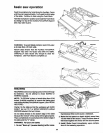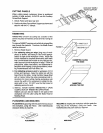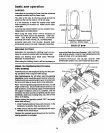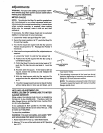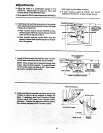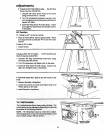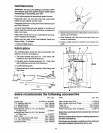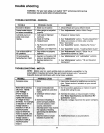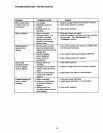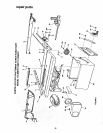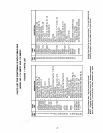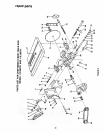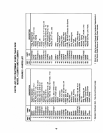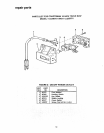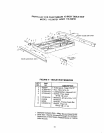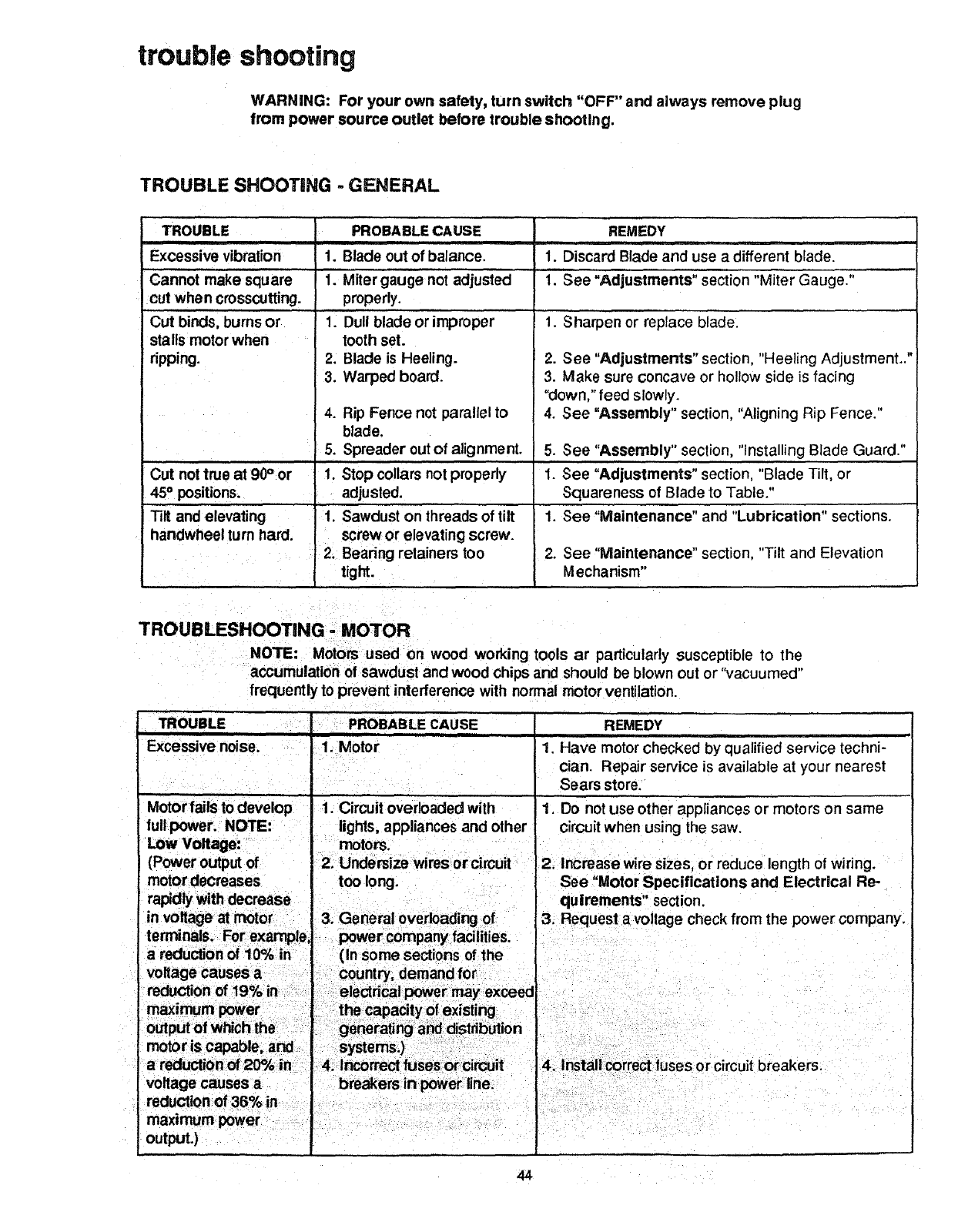
trouble shooting
WARNING: For your own safety, turn switch "OFF" and always remove plug
from power source outlet before trouble shooting.
TROUBLE SHOOTING - GENERAL
TROUBLE
i
Excessive vibration
Cannot make square
cut when crosscutting.
Cut binds, burnsor
stalls motor when
ripping. 2.
3.
4.
5.
Cut nottrue at 90° or 1.
45° positions.
Tilt and elevating I.
handwheel turn hard.
PROBABLE CAUSE
i
1. Blade out of balance.
1. Miter gauge not adjusted
properly,
1. Dull blade or improper
i
tooth set.
Blade is Heeling.
Warped board.
Rip Fence not parallel to
blade.
Spreader out of alignment.
Stop collars not properly
adjusted.
Sawdust on threads of tilt
screw or elevating screw.
2. Bearing retainers too
tight.
REMEDY
1. Discard Blade and use a different blade.
1. See "Adjustments" section "Miter Gauge."
1. Sharpen or replace blade.
2. See "Adjustments" section, "Heeling Adjustment.."
3. Make sure concave or hollow side is facing
"down," feed slowly.
4. See "Assembly" section, "Aligning Rip Fence."
5. See "Assembly" section, "installing Blade Guard."
1. See "Adjustments" section, "Blade Tilt, or
.
.
Squareness of Blade to Table."
See "Maintenance" and "Lubrication" sections.
See "Maintenance" section, "Tilt and Elevation
Mechanism"
TROUBLESHOOTING - MOTOR
NOTE: Motors used on wood working tools ar particularly susceptible to the
accumulation of sawdust and wood chips and should be blown out or "vacuumed"
frequently to prevent interference with normal motor ventilation.
TROUBLE _ PROBABLE CAUSE
Excessive noise. 1. Motor
I
I
Motor fails to develop 1. Circuit overloaded with
full power. NOTE: lights, appliances and other
LOW Voltage: motors.
(Power output of
motor decreases too long.
rapidly with decrease .
REMEDY
1. Have motor checked by qualified service techni-
cian. Repair service is available at your nearest
Sears store,
1. Do not use other appliances or motors on same
circuit when using the saw.
2. Increase wire sizes, or reduce length of wiring.
See "Motor Specifications and Electrical Re-
quirements" section.
44



